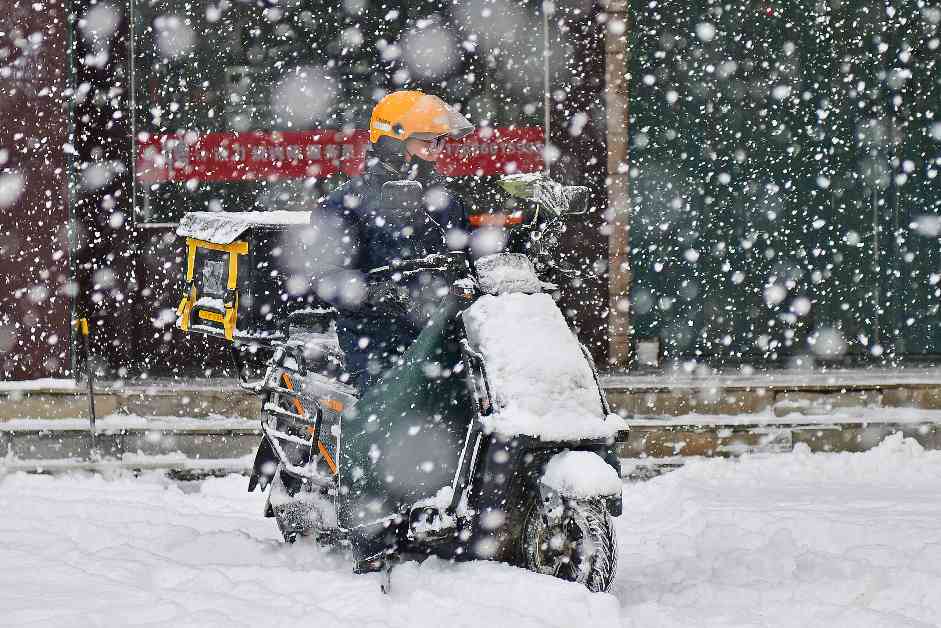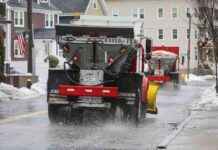**Extreme Weather Events: Risks for Food Delivery Workers**
A polar vortex has swept across the United States, bringing severe snowfall, strong winds, and bone-chilling cold. As people hunker down at home, craving hot meals and sweet treats, many turn to food delivery apps like DoorDash, Uber Eats, and Grubhub to satisfy their cravings with just a few clicks.
But what about the brave souls who brave the elements to transport these meals from point A to point B? Food delivery workers worldwide face extreme weather conditions, from biking through ankle-deep floods after hurricanes to navigating smoky skies during wildfire season. And as climate change accelerates, these risks are only growing.
###**The Heat is On: Challenges in Extreme Temperatures**
Recent research has shed light on the impact of extreme heat on food delivery workers. A study published in the journal Nature Cities revealed that as temperatures rise, food delivery orders surge, offering a lifeline to vulnerable populations seeking to avoid heat-related health threats like dehydration and heatstroke.
In China, the world’s largest food delivery market, heat waves drive residents to rely on delivery services more than ever. The study analyzed data from 100 Chinese cities, showing that lunchtime orders spiked by nearly 13 percent when temperatures soared from 68 to 95 degrees Fahrenheit. While these deliveries helped residents avoid hours of walking in the heat, a significant portion of heat exposure was transferred from consumers to delivery riders.
###**A Global Trend: Heat Risks Among Delivery Workers**
Similar studies in China and the United States have highlighted the challenges faced by delivery workers during extreme heat. In cities like Shanghai and Hangzhou, rising temperatures led to a surge in food orders, increasing the workload and exposure of couriers to dangerous conditions.
Journalist Gina Jiménez’s report on food delivery workers in Phoenix, Arizona, captured the intense heat experienced by workers like Hector Mejía, who compared the conditions to standing in an air fryer. Such extreme temperatures not only pose health risks but also impact workers’ earnings, with surge pricing during high-demand periods often failing to compensate for the dangers faced on the job.
###**Protecting Delivery Workers: Calls for Action**
As the risks faced by food delivery workers become more evident, calls for action to protect these essential workers are growing. Organizations like Los Deliveristas Unidos in New York City are advocating for measures like rest hubs and heat allowances to safeguard workers’ health and well-being.
Experts emphasize the need for food delivery companies to step up and provide resources like water, rest points, and training programs to mitigate heat stress. While the idea of autonomous delivery vehicles has been floated as a solution, concerns about worker displacement and mechanical failures in extreme weather persist.
###**In Conclusion: A Call for Support**
As we navigate the challenges of a changing climate, it’s crucial to recognize the vital role played by food delivery workers in keeping communities fed and connected. By acknowledging the risks they face and advocating for their well-being, we can ensure that these essential workers are protected and supported in the face of extreme weather conditions.
Remember, a small gesture of support can make a world of difference for those who brave the elements to bring us our favorite meals. Let’s stand together to ensure the safety and dignity of all workers, no matter the weather.














